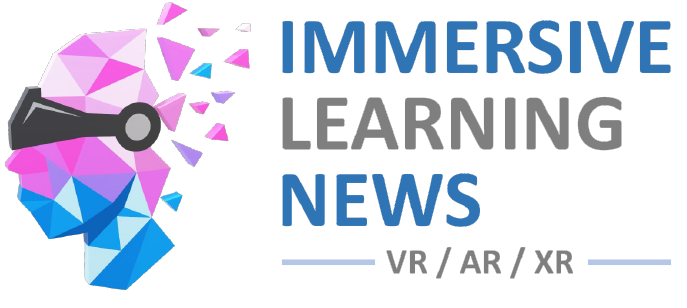Technical professionals must be able to safely practice and test their knowledge in real-world environments where troubleshooting, problem-solving and decision-making happen in real-time. Traditional training models that rely primarily on lectures and reading assignments often fail to provide the practical experience necessary to develop job-ready skills.
Hands-on virtual labs bridge this gap by allowing learners to experiment, troubleshoot, and apply concepts in a controlled, but real, environment. In short, a learner needs to be able to practice and even make mistakes without breaking a company or school server. Whether used in academic settings, corporate training programs, or certification preparation, virtual labs enhance engagement, improve retention, and provide direct pathways to competency development.
Why Hands-On Training Matters in Technical Education
Studies show that experiential learning leads to significantly higher knowledge retention rates compared to passive learning methods. While reading and lecture-based learning result in retention rates of around 10-20%, hands-on practice can increase retention to as much as 90%.
For training programs focused on information technology (IT), cybersecurity and other technical fields, hands-on labs offer multiple advantages, such as:
- Application of Theoretical Knowledge: Learners can move beyond memorization and apply concepts to real-world scenarios, strengthening their ability to problem-solve in professional settings.
- Increased Engagement and Confidence: By actively engaging in training exercises, learners gain confidence in their ability to implement solutions, troubleshoot errors, and work independently. The real-world environment allows them to make mistakes without impacting a company network.
- Stronger Problem-Solving and Critical Thinking Skills: Hands-on practice develops a learner’s ability to diagnose, analyze and resolve complex technical challenges, preparing them for high-stakes decision-making in IT and cybersecurity roles.
- Certification and Career Readiness: Many IT certifications require practical knowledge in addition to theoretical understanding. Virtual labs reinforce skills necessary for certification success while also demonstrating hands-on experience to employers.
Overcoming Barriers to Hands-On Learning
Despite the benefits, traditional lab environments can be difficult to implement at scale due to costs, resource constraints and logistical challenges. Unlike traditional lab environments that require physical infrastructure, virtual cloud-based labs offer a real, hands-on experience in a scalable and flexible setting. These labs allow learners to interact with real-world systems — just as they would in a physical environment — but with the added benefits of accessibility, cost efficiency and streamlined setup.
To leverage virtual hands-on labs effectively, learning leaders should:
- Align Labs with Job-Specific Training Needs: Hands-on practice should mirror real-world tasks that employees will encounter on the job, ensuring relevance and practical skills development.
- Leverage Auto-Scoring and Performance Analytics: Built-in assessment tools help track learner progress, identify skills gaps and measure training effectiveness without increasing instructor workload.
- Prioritize Customization and Flexibility: Training programs should allow organizations to tailor labs to their learners’ needs, ensuring employees develop skills aligned with specific job roles and industry requirements.
- Integrate Labs With Broader Learning Initiatives: Virtual labs should not operate in isolation but instead be part of a holistic learning strategy that includes eLearning modules, instructor-led training (ILT) and mentorship opportunities.
- Ensure Training Is Scalable and Accessible: Cloud-based labs enable organizations to train people regardless of location, making them ideal for virtual and hybrid training.
The Future of Hands-On Learning in Tech Training
As the demand for technical skills continues to grow, organizations must move beyond traditional training methods to ensure learners develop real-world competencies. Hands-on labs provide a structured, scalable approach that improves engagement, retention and job readiness.
By incorporating practical application into training programs, leaders can better equip learners with the skills necessary to succeed in high-stakes, technical roles.


